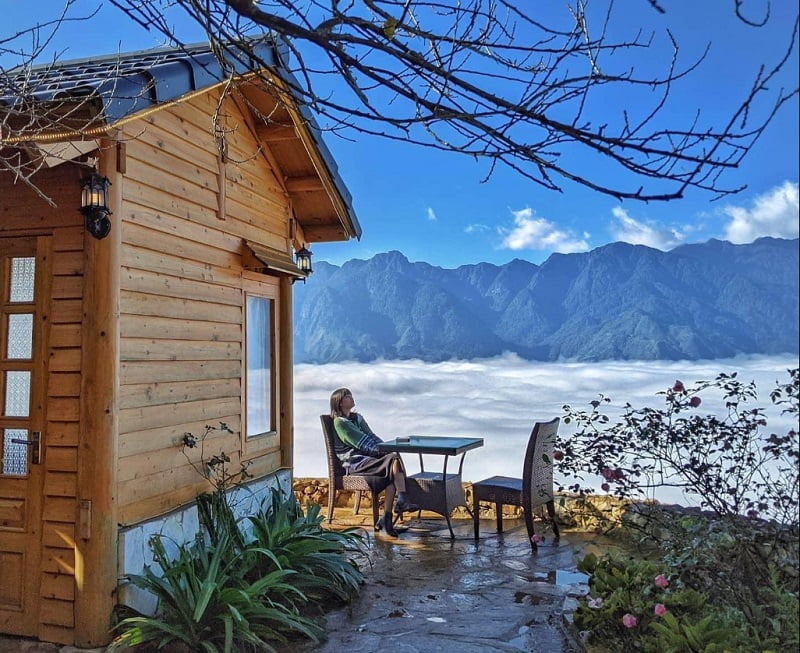Located within the Hoang Lien Son Mountain Range of northern Vietnam, Hoang Lien National Park is a land of natural beauty and cultural richness.
Spanning across the Sapa and Van Ban districts in Lao Cai Province, this park offers visitors an escape into a world where biodiversity thrives and traditional lifestyles endure. Whether you’re a trekker, a nature enthusiast, or a cultural explorer, Hoang Lien National Park promises you an unforgettable experience. In this guide, YESD shares with you some of the highlights of Hoang Lien National Park, activities to enjoy here, and all the travel tips necessary.
Introduction about Hoang Lien National Park

- Address: Hoang Lien Son Mountain Range, Sapa & Van Ban districts, Lao Cai Province, Vietnam
- Entrance ticket fee: VND 5,000 per person.
- Opening hours: 24/7
Hoang Lien National Park is a protected area located in the Hoang Lien Son mountain range, about 9 kilometers southwest of Sapa Town in Lao Cai Province. Covering over 29,000 hectares, the park was officially established in 2002 and is known as one of Vietnam’s most important biodiversity centers. It is home to Mount Fansipan (3,143 meters), the highest peak in Indochina, as well as dense tropical forests, rare plant species, and home to many Vietnamese ethnic minority communities. Because of its unique climate and geography, Hoang Lien is classified as one of the most significant conservation zones in Southeast Asia.
>>>> Visit other parts of Vietnam? You can check out these national parks too!
Reasons to Visit Hoang Lien National Park
Unspoiled Mountainous Beauty of Hoang Lien National Park
The landscape of Hoang Lien National Park is as dramatic as it gets, with rugged mountains, deep valleys, and misty forests. Trekking through this park means walking along trails surrounded by ancient trees, mossy stones, and wildflowers blooming throughout the year. The scenery changes with the season – from pink azaleas in spring to golden terraced fields in autumn, offering a visual treat at any time of the year. Thanks to its high altitude and protected status, the park has remained mostly untouched by tourism, giving it a peaceful, pristine atmosphere.
Unique Biodiversity Within Hoang Lien National Park

Hoang Lien National Park is renowned for its exceptional biodiversity, housing numerous endangered species. The park’s diverse geography and climates have fostered a rich tapestry of flora and fauna that attracts researchers and nature enthusiasts from around the world. Therefore, conservation efforts are continually in place to protect and study this unique ecological treasure.
Flora
The park boasts over 3,200 plant species, with 775 endemic to the region and 236 classified as endangered. The flora here ranges from lowland tropical species to alpine plants found only at high elevations. You’ll see thick bamboo groves, pine forests, and medicinal herbs traditionally used by local communities. The park’s elevation gradient allows for a wide range of ecosystems, creating an ideal home for plant diversity in northern Vietnam.
Fauna
In addition to its rich plant life, the park is home to 555 species of terrestrial vertebrates, including 96 mammals, 346 birds, 63 reptiles, and 50 amphibians. This includes a number of globally threatened mammals such as the Asiatic black bear, the mainland serow, and the Indochinese leopard. Birdwatchers can also rejoice, as Hoang Lien is a designated Important Bird Area (IBA), sheltering over 300 bird species, including many endemics. Notably, 60 species of them are listed in Vietnam’s Red Book, which makes the park a significant area for wildlife observation and study. With a little luck and patience, you might even catch a glimpse of rare amphibians or reptiles found only in this region.
Ethnic Minorities Near Hoang Lien National Park

Surrounding the park are villages inhabited by ethnic groups such as the H’Mong, Dao, Tay, and Giay people. These communities have lived in harmony with the forest for generations, relying on its resources for food, medicine, and culture. Visiting Hoang Lien offers a unique cultural experience, allowing travelers to learn about traditional farming, herbal medicine, and intricate embroidery techniques. Many locals also participate in community-based tourism, offering homestays and guided treks through the area.
What to Do at Hoang Lien National Park?
Explore All the Hidden Trails
Hoang Lien National Park features a network of trails that range from easy walks to challenging treks. Whether you’re hiking to the summit of Fansipan or just exploring the lower trails through villages, there’s no shortage of paths to choose from. Some treks take you to hidden waterfalls and caves, while others lead to breathtaking viewpoints. It’s highly recommended to go with a guide to ensure safety and learn about the environment.
Record the Diverse Ecosystem
For those interested in ecology, the park provides countless opportunities to study and document its vast array of species. Every step you take introduces you to new plant species, fungi, or animal tracks, especially if you’re visiting with a knowledgeable local guide. Hoang Lien is a living laboratory for studying climate, vegetation, and wildlife. If you’re passionate about environmental conservation, this is one of the best places to experience how ecosystems function in real time.
Photography Tour Around the Hoang Lien Mountain Range

For photographers, Hoang Lien offers dramatic lighting, misty valleys, and colorful local life that make for incredible shots. Early morning is the best time to capture Fansipan peeking through the clouds or the sunrise over Muong Hoa Valley. For the best locations and timings, organized photography tours can help capture the essence of the landscape, from misty mountain mornings to the intricate details of ethnic traditional attire.
Meet With the Local Ethnic Minorities
Interacting with local communities around the park adds depth to your trip. You can visit markets, join traditional festivals, or simply sit down for a cup of tea with a local family. Some villagers also organize workshops where you can try your hand at batik dyeing or herbal bath preparation. These encounters give you a more complete understanding of the park’s cultural landscape and sustainable way of life.
Try the Local Cuisine of Sapa

After a day of trekking, nothing beats sitting down to a warm meal prepared by locals. Many homestays around Hoang Lien serve specialties like thang co (a traditional stew), sticky rice, grilled meats, and mountain herbs. The food here is simple but packed with flavor, often made with ingredients foraged from the forest. It’s a culinary experience that ties together the region’s natural and cultural heritage.
Top Attractions Near Hoang Lien National Park

Just a short ride from the park entrance, Sapa Town serves as a convenient base for exploring the area. The town is known for its vibrant market, colonial architecture, and cool climate. It’s also the starting point for many treks into the Hoang Lien range. From Sapa, you can arrange tours, buy gear, and enjoy a comfortable stay before venturing into the wild.
Muong Hoa Valley is a beautiful stretch of rice terraces and ethnic minority villages lying at the base of the Hoang Lien mountains. It’s famous for its ancient rock carvings and panoramic views, especially during planting or harvest seasons. A hike through the valley offers both cultural insights and incredible photography opportunities. It’s one of the most scenic and accessible areas near the park.
O Quy Ho Pass
O Quy Ho Pass is one of Vietnam’s highest and most majestic mountain passes, linking Lao Cai and Lai Chau provinces. The road cuts through the Hoang Lien range and offers panoramic views of misty peaks and deep valleys. It’s especially magical at sunrise or sunset, when clouds roll over the hills like waves. You can stop at various viewpoints along the pass for dramatic photo ops.
Y Linh Ho is a small, quiet H’Mong village nestled deep in the mountains and accessible via a scenic trail from Lao Chai. The village is surrounded by terraced fields and rivers, offering a serene setting for relaxation and exploration. Staying here gives you a glimpse into local life far from the tourist crowds. It’s also a great starting point for longer treks into the national park.
Travel Tips to Hoang Lien National Park

How do you get to Hoang Lien National Park?
From Hanoi, you can reach Sapa by overnight train to Lao Cai, followed by a 1-hour drive. Alternatively, direct sleeper buses or limousine vans are available and take about 6-7 hours from Hanoi to Sapa. Once in Sapa, the park entrance is about a 15-minute drive or 1-hour walk from town. It’s best to arrange transportation through your hotel or a local guide service.
>>>> Here is a list of more than 15 Sapa restaurants for all preferences in Sapa by popular choices!
Where to Stay Near Hoang Lien National Park?
There are plenty of accommodations in Sapa, ranging from budget hostels to luxury resorts. If you want a more immersive experience, consider staying in a
homestay near the park, often run by ethnic minority families. These places provide basic but cozy facilities and allow you to connect with local life. Booking in advance is recommended during peak trekking seasons, or you can organize with your local tour guide for the best directions.
>>>>> For a more detailed Sapa hostel guide, check this post here.
Conclusion
Hoang Lien National Park is more than just a hiking destination – it’s a rich tapestry of nature, culture, and adventure waiting to be discovered. As one of the main conservation areas of biodiversity in Vietnam, it’s a place worth exploring and preserving. While you are there, make sure to travel responsibly and take the time to connect with the people that make this area so special.
YESD Travel is a social enterprise dedicated to promoting responsible tourism in
northern Vietnam, offering authentic, community-based travel experiences that support local ethnic communities and preserve their cultural heritage. If you plan on visiting Sapa and other hidden gems in the region,
book your personalized itinerary with YESD Travel and let us bring you the most authentic and responsible travel experience.
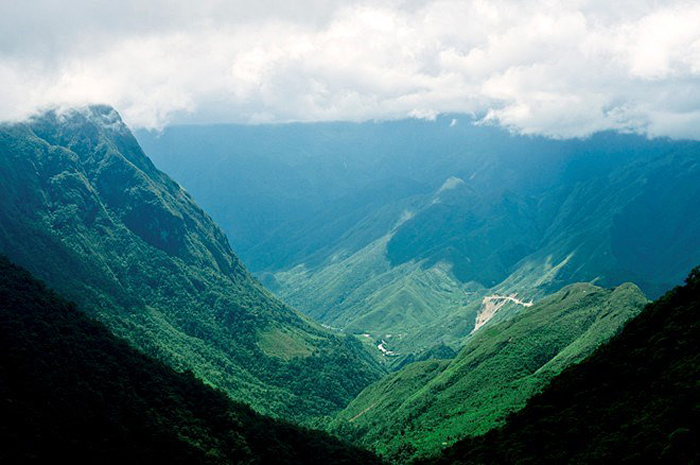
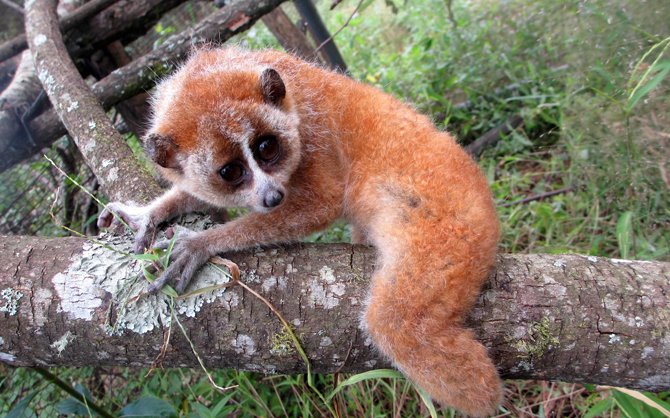 Hoang Lien National Park is renowned for its exceptional biodiversity, housing numerous endangered species. The park’s diverse geography and climates have fostered a rich tapestry of flora and fauna that attracts researchers and nature enthusiasts from around the world. Therefore, conservation efforts are continually in place to protect and study this unique ecological treasure.
Hoang Lien National Park is renowned for its exceptional biodiversity, housing numerous endangered species. The park’s diverse geography and climates have fostered a rich tapestry of flora and fauna that attracts researchers and nature enthusiasts from around the world. Therefore, conservation efforts are continually in place to protect and study this unique ecological treasure.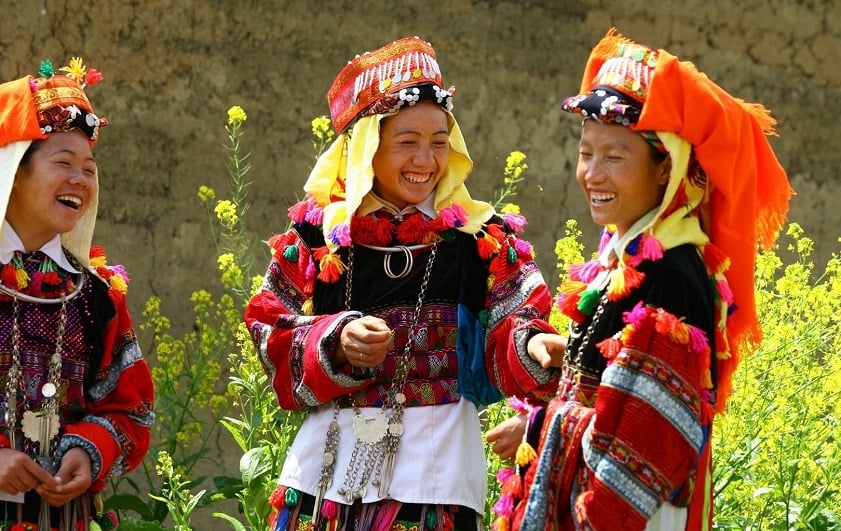 Surrounding the park are villages inhabited by ethnic groups such as the H’Mong, Dao, Tay, and Giay people. These communities have lived in harmony with the forest for generations, relying on its resources for food, medicine, and culture. Visiting Hoang Lien offers a unique cultural experience, allowing travelers to learn about traditional farming, herbal medicine, and intricate embroidery techniques. Many locals also participate in community-based tourism, offering homestays and guided treks through the area.
Surrounding the park are villages inhabited by ethnic groups such as the H’Mong, Dao, Tay, and Giay people. These communities have lived in harmony with the forest for generations, relying on its resources for food, medicine, and culture. Visiting Hoang Lien offers a unique cultural experience, allowing travelers to learn about traditional farming, herbal medicine, and intricate embroidery techniques. Many locals also participate in community-based tourism, offering homestays and guided treks through the area.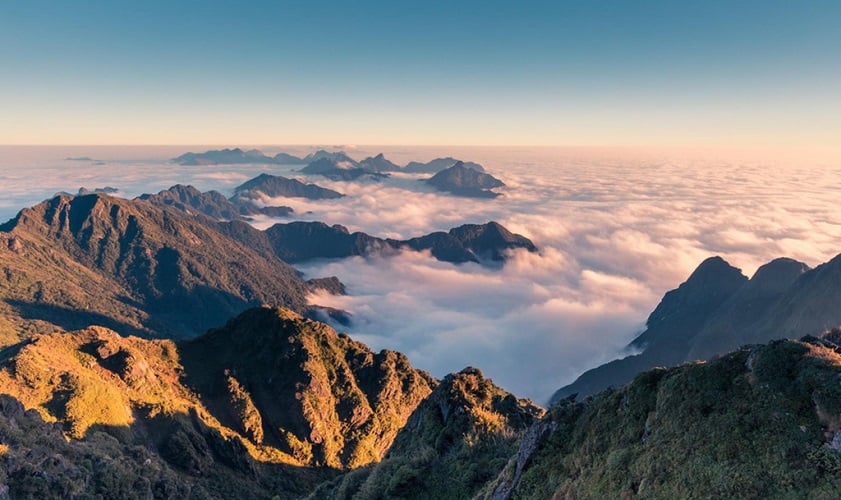 For photographers, Hoang Lien offers dramatic lighting, misty valleys, and colorful local life that make for incredible shots. Early morning is the best time to capture Fansipan peeking through the clouds or the sunrise over Muong Hoa Valley. For the best locations and timings, organized photography tours can help capture the essence of the landscape, from misty mountain mornings to the intricate details of ethnic traditional attire.
For photographers, Hoang Lien offers dramatic lighting, misty valleys, and colorful local life that make for incredible shots. Early morning is the best time to capture Fansipan peeking through the clouds or the sunrise over Muong Hoa Valley. For the best locations and timings, organized photography tours can help capture the essence of the landscape, from misty mountain mornings to the intricate details of ethnic traditional attire.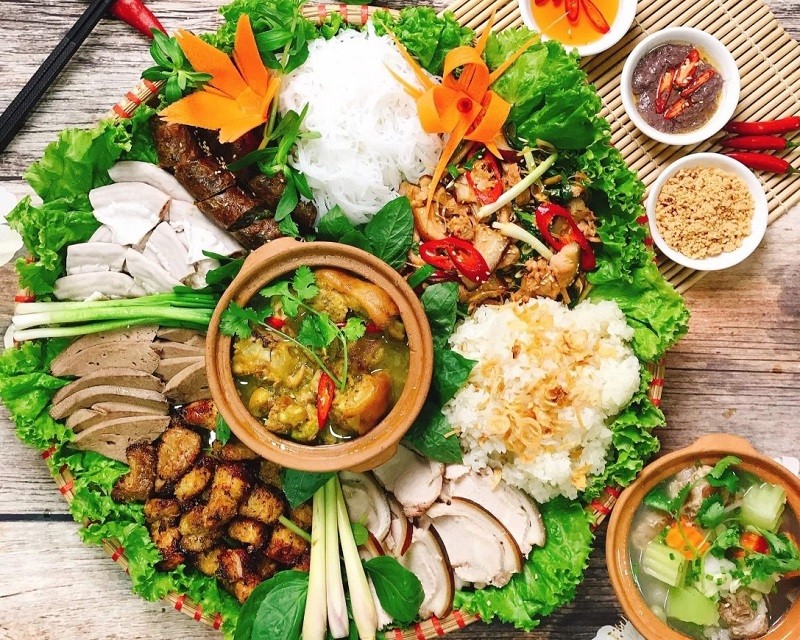 After a day of trekking, nothing beats sitting down to a warm meal prepared by locals. Many homestays around Hoang Lien serve specialties like thang co (a traditional stew), sticky rice, grilled meats, and mountain herbs. The food here is simple but packed with flavor, often made with ingredients foraged from the forest. It’s a culinary experience that ties together the region’s natural and cultural heritage.
After a day of trekking, nothing beats sitting down to a warm meal prepared by locals. Many homestays around Hoang Lien serve specialties like thang co (a traditional stew), sticky rice, grilled meats, and mountain herbs. The food here is simple but packed with flavor, often made with ingredients foraged from the forest. It’s a culinary experience that ties together the region’s natural and cultural heritage.
